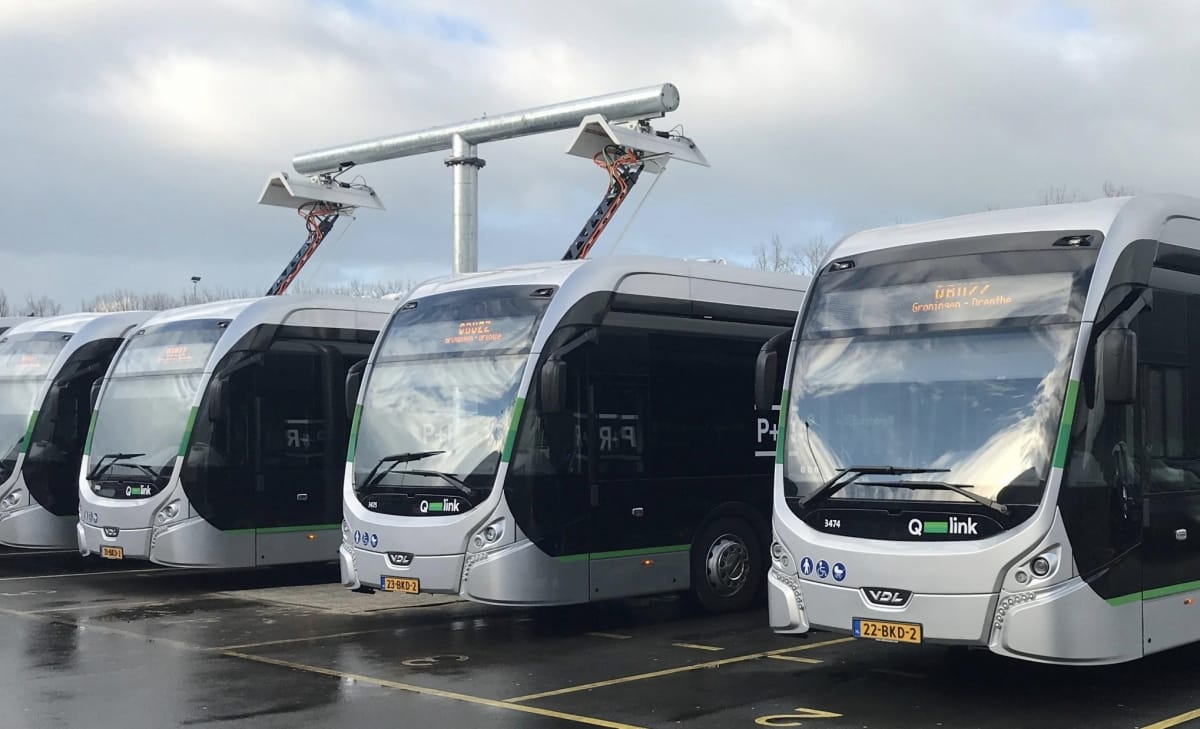
Batteries play a key role in the transition to clean energy technologies. This is reflected in the huge number of patent applications in the field of energy storage. Almost 90 percent of the applications revolved around the storage of electricity in innovative battery systems. This is apparent from a study by the European Patent Office (EPO) and the International Energy Agency (IEA) which was published today.
The report also shows that people all over the world are seeking ways to store energy. Between 2005 and 2018, patent activities for batteries and other electricity storage technologies increased by an average of 14 percent per year worldwide. This is four times the average for all technology areas, the patent office claims.
Mobility fosters innovation
This innovation growth spurt is mainly in advancements in rechargeable lithium-ion (Li-ion) batteries used in consumer electronics and electric cars. Electric mobility in particular fosters the development of new storage technologies. These are batteries that have more power, are more sustainable, and have better recharging speeds.
By 2018, advancements in Li-ion cells accounted for 45 percent of patent applications for battery cells, compared to just 7 percent for cells derived from other compounds. In 2011, electric vehicles supplanted consumer electronics as the largest growth driver for Li-ion battery-related inventions.
The necessity of large-scale integration of renewable energy, such as wind and solar energy, into electricity grids, is also prompting the development of innovative storage solutions. The batteries must then be able to offset the peaks and drops in electricity produced from renewable energy.
Asian countries lead the way
Japan and South Korea have built up a global lead where battery technology is concerned. These countries hold far more international patents in this field than Europe, China, and the US. Within Europe, Germany generated the most patents for battery technology (5,080) in the period 2000 – 2018, ahead of France (1,354) and the UK (652). The Netherlands filed 179 international patents during this period.
“Asian countries may have a head start. But the US and Europe can build on a rich innovation ecosystem, including a wide range of SMEs and research institutions. That can help to stay in the race for the next generation of batteries,” EPO president António Campinos points out.
Cheap batteries, a challenge for the future
What’s more, the research shows that technical progress and mass production have led to a significant reduction in battery prices in the past few years. This is a drop of almost 90 percent since 2010 for Li-ion batteries in electric vehicles. The price fell by about two-thirds on average for stationary applications, including power grid management.
The patent office regards the development of better and cheaper electricity storage as a major challenge for the future. The IEA’s sustainable development scenario projects that nearly 10,000 gigawatt-hours of batteries and other forms of energy storage will be needed worldwide by 2040 in order to meet climate and renewable energy targets. This represents 50 times the size of the current market.
“Electricity storage technology is crucial in order to be able to meet the demand for electric mobility and to ensure the transition to recyclable energy. This is necessary if we want to combat climate change,” Campinos asserts.
Executive Director of IEA Fatih Birol adds: “IEA projections clearly show that energy storage will need to grow exponentially over the coming decades to meet international climate and renewable energy targets. Accelerated innovation is going to be essential for realizing that growth.”
Role for SMEs and research institutes
Although battery technology innovation continues to be largely in the hands of a limited group of very large companies in the U.S. and Europe, smaller companies, universities, and public research institutes also play an important role. In the US, SMEs account for 34.4 percent and universities/public research institutes for 13.8 percent of requested IPFs. In Europe, the percentages are 15.9 percent and 12.7 percent respectively. This contrasts sharply with Japan (3.4 percent/3.5 percent) and the Republic of Korea (4.6 percent/9.0 percent).
Read the full research paper here.








